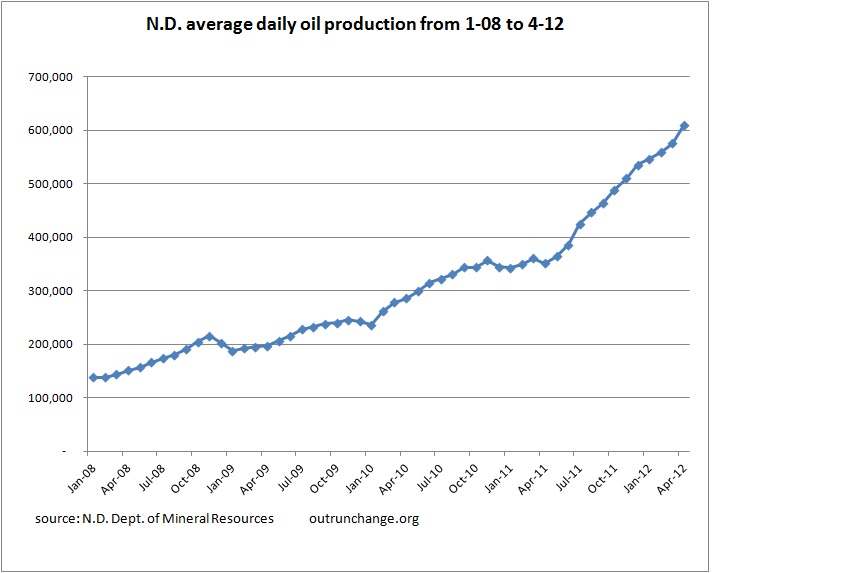I was staring at a sailing ship wondering how a person could figure out how to control all the lines to set the sails at the correct angle to power the ship. From my non-sailor perspective, it looks incredibly complicated. How could you keep track of which rope does what and change it correctly to get the sail to do what you want.
While vacationing in San Diego, I enjoy touring the Maritime Museum. In addition to seeing a Soviet era submarine, it’s fun seeing the Star of India sailing ship and the replica H.M.S. Surprise, which appeared in the movie Masters and Commanders – the far side of the world.
While in San Diego last week, I pondered how to sail a large ship.
Continue reading “With experience, complex technology is second nature whether in 1805 or 2012”
